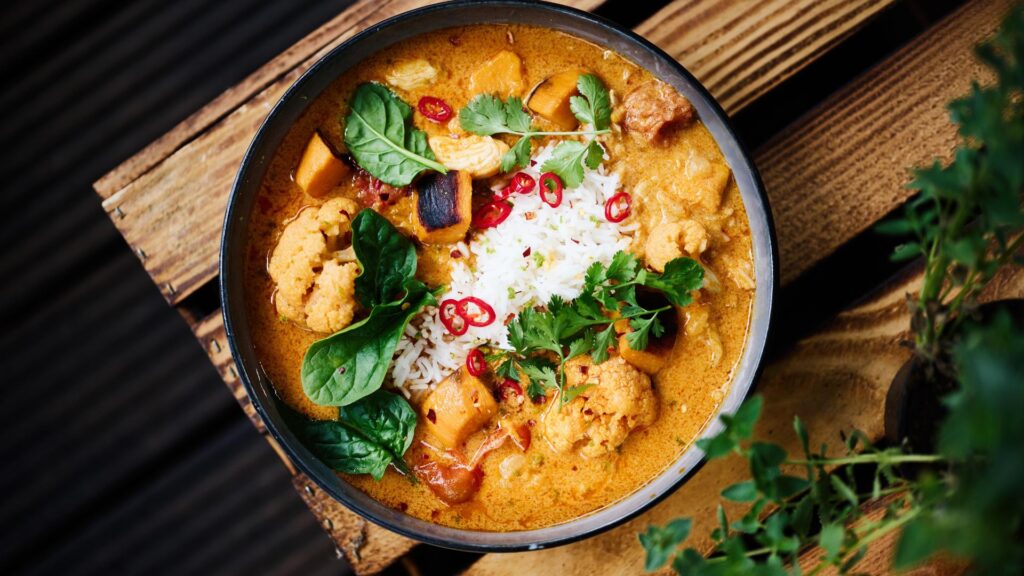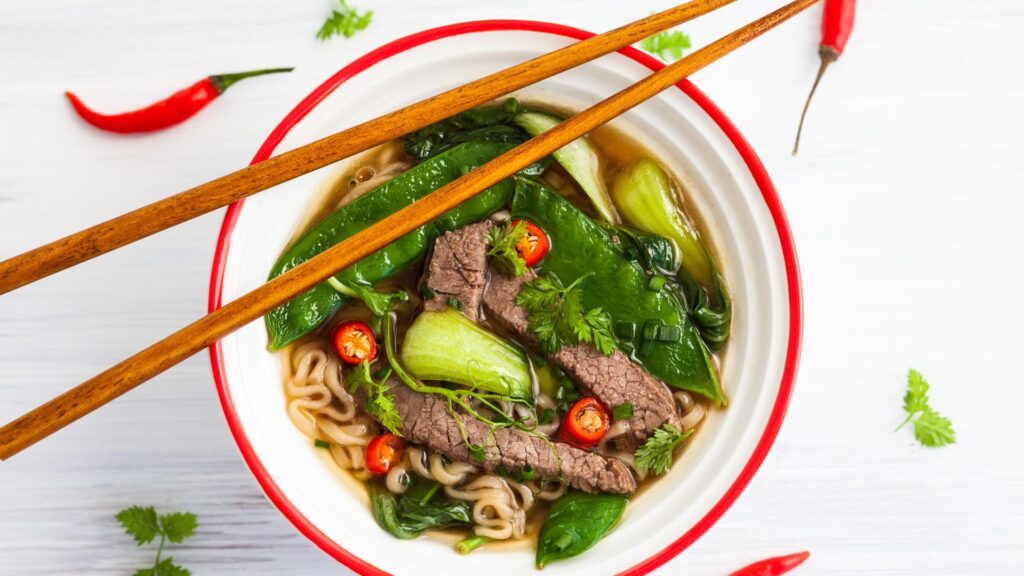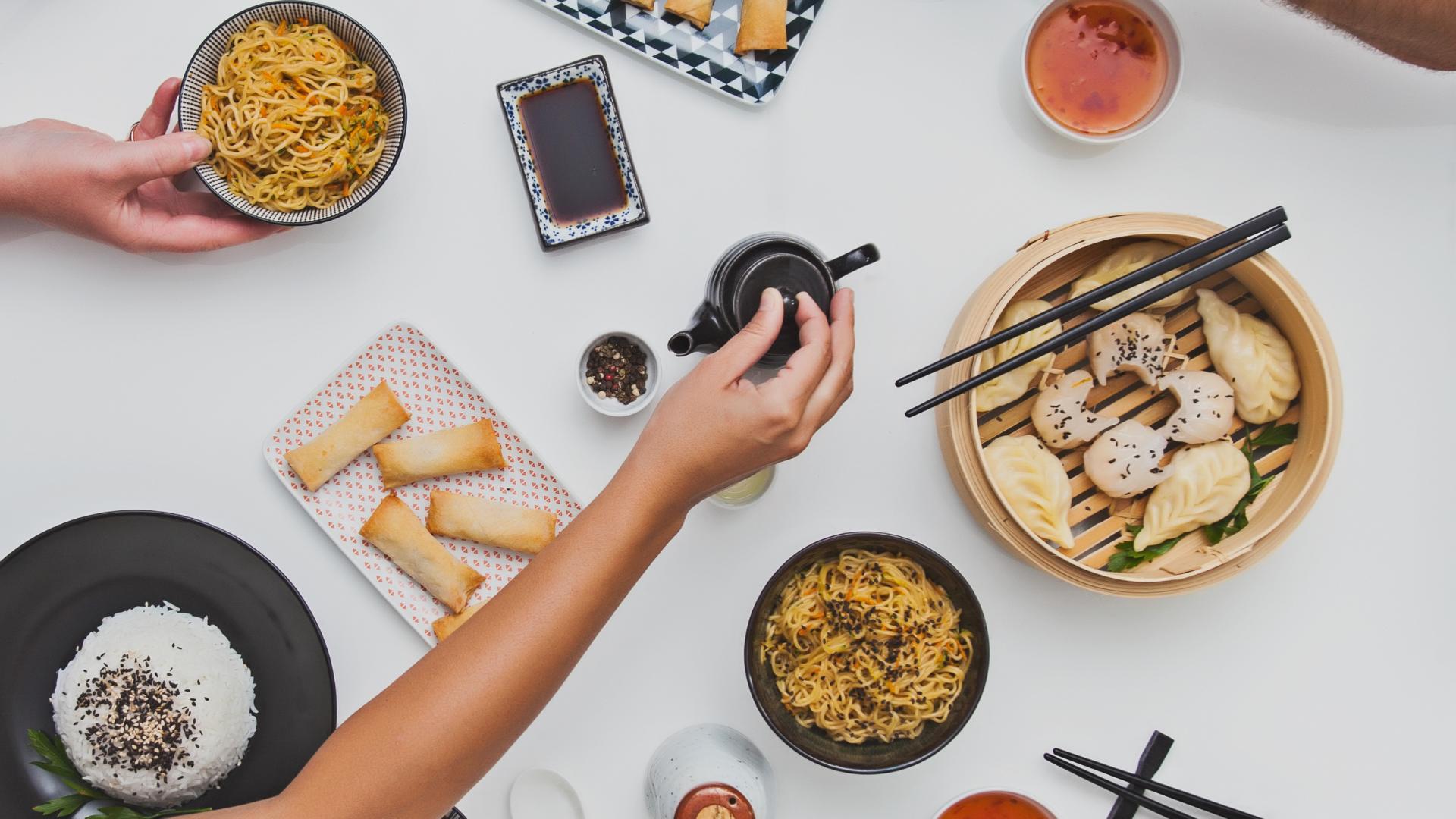As we traverse through cultures and countries, we discover the rich tapestry of food traditions that define each region. These traditions are not merely about dishes or recipes; they embody the culture, history, and values of the people who create and enjoy them. Each dish tells a story, often passed down through generations, and reflects the culinary practices that have been shaped by time and geography. In this article, we will explore some of the most fascinating food traditions from around the globe, shedding light on the significance of these dishes and the unique sauces that accompany them.
- 1 Street Food: A Cultural Experience
- 2 Festivals and Special Occasions
- 3 The Influence of Globalization on Local Cuisines
-
4
FAQ
- 4.1 What are some unique food traditions around the world?
- 4.2 How does food play a role in cultural celebrations?
- 4.3 What is an example of a food tradition based on seasonal changes?
- 4.4 Are there any food traditions that have a specific etiquette?
- 4.5 Can you share a tradition involving a unique preparation technique?
Street Food: A Cultural Experience
Street food is a vibrant and integral part of many cultures. When we think of street food, we often imagine bustling markets filled with the aromas of various dishes. This type of food is not just about sustenance; it represents a communal experience, a way for communities to come together. In cities like Bangkok, Thailand, and Mexico City, the streets come alive with vendors serving traditional meals that tell the story of their heritage.
In Thailand, for instance, the famous Pad Thai is more than just a dish; it is a symbol of the country’s culinary identity. Made from rice noodles, vegetables, and a protein source such as shrimp or chicken, this meal is typically served with crushed peanuts and lime. The mix of flavors creates a balance that is quintessential Thai. Similarly, in Mexico, street tacos filled with marinated meat, onions, cilantro, and a splash of lime juice celebrate the country’s rich flavors and cooking methods.
Exploring street food allows us to experience the culture of a region firsthand. We find that these dishes are often influenced by local ingredients and cooking methods that have been refined over time. Each vendor might add their own twist to a dish, creating a unique taste that reflects their personal story while still honoring traditional recipes. In this way, street food serves as a living archive of cultural practices and family traditions, showcasing the diversity of flavors and techniques found in food around the world.
Festivals and Special Occasions
Food plays a pivotal role in festivals and special occasions around the globe. These events often center around traditional dishes that hold significance for families and communities alike. From Thanksgiving in the United States to Diwali in India, we see how cuisine unites people in celebration.
Take, for example, the Indian festival of Diwali, known as the Festival of Lights. It is a time when families gather to prepare a variety of dishes, particularly sweets like gulab jamun and savory snacks such as samosas. These recipes often come from family traditions, passed down through generations. The preparation and sharing of these meals embody the spirit of the festival, emphasizing unity, joy, and reflection.

Similarly, during Thanksgiving, we gather around a table laden with turkey, stuffing, and cranberry sauce. This meal is more than just a feast; it signifies gratitude and togetherness. The traditional turkey is often a centerpiece, but each family may add their own signature dishes, making the meal unique to their culinary heritage. The convergence of flavors tells the story of diverse backgrounds coming together, where each recipe holds a cherished memory.
Festivals are a vibrant showcase of how food intertwines with culture and community. The dishes served during these times not only satisfy hunger but also reinforce cultural identity and family bonds. They encourage us to reminisce about our roots and the traditions we hold dear, fostering a sense of belonging and shared experience.
The Influence of Globalization on Local Cuisines
In our modern world, globalization has significantly influenced culinary traditions. As people travel and cultures intermingle, we see a fascinating blend of cuisines that enriches our dining experiences. This fusion often results in the creation of innovative dishes that reflect a melting pot of flavors and techniques.
One striking example is the rise of Asian fusion cuisine in the Western world. Dishes like sushi burritos or Korean tacos combine elements from different cuisines, creating something entirely new while respecting the traditional roots of each. This innovation demonstrates how food can adapt and evolve, appealing to diverse palates while maintaining its core identity.
However, globalization also presents challenges to cultural food traditions. As fast food chains expand worldwide, there is a concern that traditional cuisines may be overshadowed. Yet, many chefs and home cooks are passionate about preserving their culinary heritage. They focus on using local ingredients, traditional cooking methods, and age-old recipes to ensure their dishes remain authentic.
 Moreover, the internet plays a vital role in connecting food lovers across the globe. We can now access recipes from every corner of the world with just a few clicks. This accessibility not only promotes cultural exchange but also encourages us to appreciate the food traditions of others. We find ourselves inspired to recreate dishes we’ve learned about, fostering an appreciation for the intricate stories behind each meal.
Moreover, the internet plays a vital role in connecting food lovers across the globe. We can now access recipes from every corner of the world with just a few clicks. This accessibility not only promotes cultural exchange but also encourages us to appreciate the food traditions of others. We find ourselves inspired to recreate dishes we’ve learned about, fostering an appreciation for the intricate stories behind each meal.
In conclusion, while globalization has altered the landscape of dining, it has also provided opportunities for cultural exchange and culinary innovation. By embracing both tradition and change, we create a diverse food culture that honors the past while looking to the future. As we reflect on the food traditions from around the world, we recognize that each dish is a narrative, woven with threads of history, culture, and family. The way we prepare and share food often goes beyond just nutrition; it forms the essence of our identities. From vibrant street food markets to the intimate gatherings during festivals, we experience the rich flavors of our diverse world.
By exploring these culinary practices, we not only celebrate our own heritage but also honor the traditions of others. We gain a deeper appreciation for the global community and the shared experience of enjoying a meal together. The dishes we cherish today are living testimonies of cultural resilience, adaptation, and creativity.
As we move forward, let us embrace these traditions and continue to share the joy of food. Whether we are revisiting family recipes or trying out new fusion cuisines, we contribute to the ongoing story of culinary exploration. Together, we can keep these traditions alive, ensuring that the flavors of our past continue to enrich our present and future.
FAQ
What are some unique food traditions around the world?
Various cultures around the globe have distinctive food traditions. For example, Japan celebrates the New Year with a special soup called ozoni, which contains mochi rice cakes. In Italy, the Feast of the Seven Fishes is a Christmas Eve tradition where multiple types of fish are prepared and enjoyed. Meanwhile, in India, the festival of Pongal involves cooking a dish with freshly harvested rice, symbolizing prosperity.
How does food play a role in cultural celebrations?
Food is often central to cultural celebrations, serving as a symbol of tradition and heritage. It not only nourishes the body but also brings people together in a shared experience, often involving specific recipes passed down through generations. For instance, during Lunar New Year, many East Asian communities prepare foods that symbolize luck and prosperity, such as dumplings and noodles.
What is an example of a food tradition based on seasonal changes?
In Sweden, the crayfish party, or kräftskiva, marks the end of summer. Held in August, this tradition involves gathering with friends and family to enjoy boiled crayfish, often accompanied by singing and schnapps. The event celebrates the seasonal availability of crayfish and is a way to enjoy the last warm evenings of the year.
Are there any food traditions that have a specific etiquette?
Yes, many food traditions come with specific etiquette. For instance, in Japan, it is customary to pick up sushi with your hands and dip only the fish side into soy sauce, avoiding the rice. Meanwhile, in Ethiopia, meals are often eaten communally from a large platter, using injera bread to scoop up various dishes. Sharing and eating with your hands are part of the cultural etiquette.
In Hawaii, the preparation of Kalua pig is a unique culinary tradition. The pig is seasoned and wrapped in banana leaves before being cooked in an underground oven called an imu. This slow-cooking method imparts a smoky flavor and tender texture, making it a highlight of Hawaiian luau feasts.
